



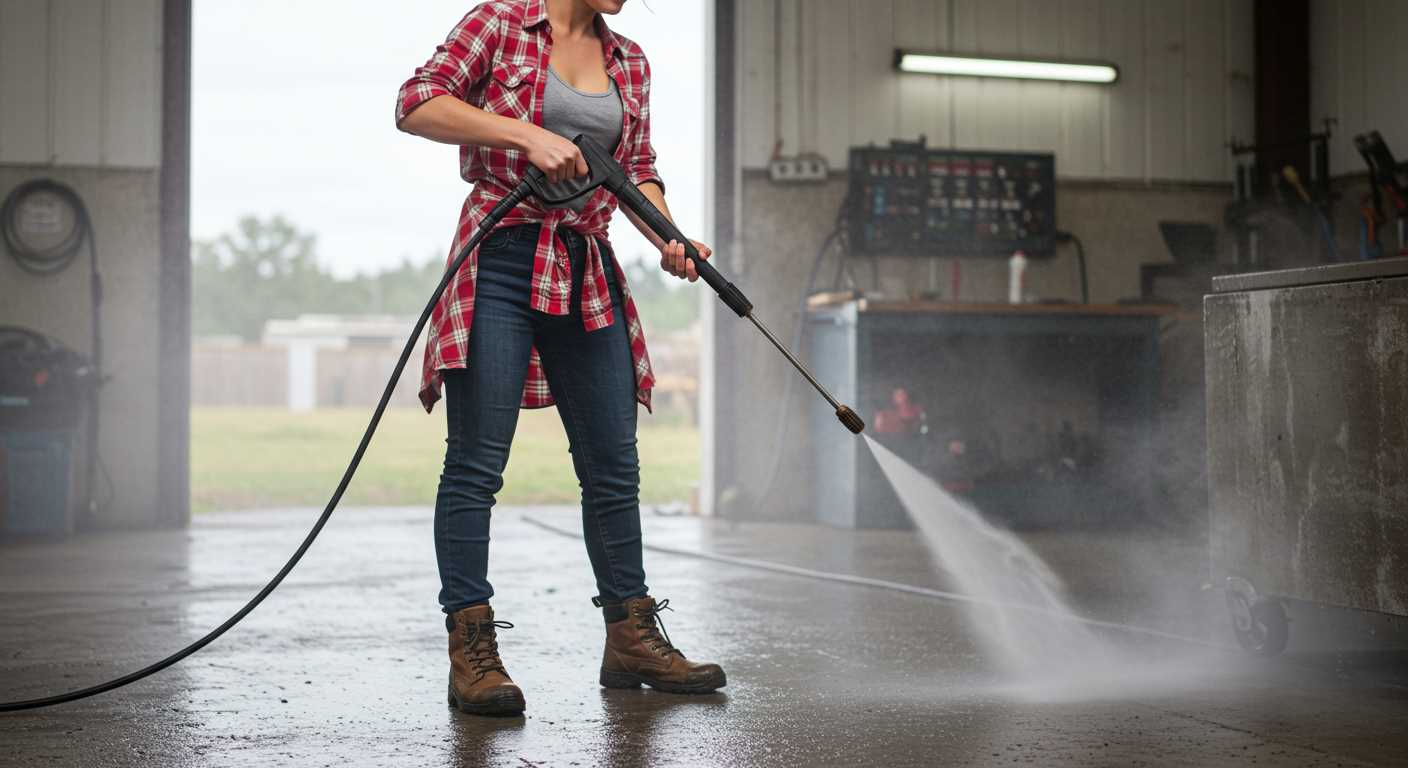
Start by gathering a few household items: baking soda, white vinegar, and a sturdy broom. These materials will serve as your primary allies in this endeavour. Mix equal parts baking soda and vinegar to create a potent paste that tackles stubborn stains and grime.
Apply the paste generously to the affected areas using a brush or sponge, allowing it to sit for 15 to 20 minutes. The natural foaming action helps lift dirt and debris embedded in the surface. While waiting, take a moment to enjoy the fresh air and perhaps admire your surroundings.
Once the time has passed, use a stiff-bristled broom to scrub the area vigorously. This method not only restores the appearance of your walkway but also provides a satisfying workout. After scrubbing, rinse the surface with a bucket of warm water or a hose to wash away the residue.
For persistent spots, consider using a solution of water and dish soap as an additional treatment. Apply it similarly and scrub again. This combination is particularly effective for grease or oil stains that can accumulate over time, especially near outdoor cooking areas.
Regular upkeep is key; sweeping the path every week prevents the buildup of dirt and moss. Incorporate this routine into your outdoor chores, and your walkway will remain inviting and clean. As someone who has dealt with many outdoor surfaces, I can assure you that these methods are not only practical but also rewarding.
Choosing the right cleaning solution for your outdoor surface
Opt for a gentle, biodegradable option that won’t harm surrounding plants or soil. A mixture of warm water and white vinegar in a 1:1 ratio is a fantastic choice. Vinegar’s acidity breaks down grime effectively, while being eco-friendly.
Commercial products
If you’re considering store-bought cleaners, look for those labelled as suitable for stone or concrete surfaces. Always check for non-toxic and environmentally safe ingredients. Brands like Simple Green offer concentrated formulas that can be diluted according to your needs.
Natural alternatives
Baking soda is another powerhouse. Create a paste with water and apply it to stubborn stains; let it sit for about 15 minutes before scrubbing. This method is gentle and highly effective. For oily spots, a dash of dish soap mixed with hot water can work wonders. Just remember to rinse thoroughly afterwards.
Whichever solution you choose, always test it on a small, inconspicuous area first to ensure compatibility with your surface. This simple step can save you from unexpected damage.
Preparing the area for cleaning: what to do before you start
Clear the vicinity of any furniture, pots, or decorations to create a spacious working environment. This prevents damage to items and allows for a thorough approach. Consider moving larger obstacles like planters or benches, which can be cumbersome to work around.
Inspect the surface for any loose stones or debris. Remove these hazards to avoid accidents and ensure a smoother experience. I once overlooked a small rock and ended up with a bruised toe, which could have easily been avoided.
Check for any existing vegetation like weeds or moss. Pull them out by hand to prevent regrowth and facilitate better access to the surface. I’ve found that tackling the greenery first saves a lot of time later on.
Gather your tools beforehand. A stiff broom, a bucket, and scrubbing brushes are essentials. Having everything at hand will streamline the process. I remember a particularly long day spent searching for my scrub brush; it’s frustrating when you lose precious time!
Consider the weather. Choose a dry day to avoid slippery conditions. I’ve had to abandon a project due to unexpected rain, which only added to the grime when I resumed. If it’s sunny, wear protective gear to shield yourself from direct sunlight, as it can be surprisingly intense.
Lastly, plan your approach. Starting from one end and working towards the other helps maintain organisation. I’ve learned the hard way that haphazard cleaning can lead to missed spots and a longer overall effort. Stick to a systematic strategy for the best results.
Best tools for scrubbing and removing dirt from paths
Investing in the right tools is key for achieving a thorough clean of your outdoor surfaces. Here are some recommendations based on my experience:
- Stiff-bristled broom: Ideal for sweeping away loose debris and grime. Look for a broom with durable bristles to handle tough dirt.
- Handheld scrub brush: Perfect for targeted scrubbing. A brush with a long handle can save your back while allowing you to exert pressure on stubborn stains.
- Natural bristle brush: Gentle yet effective on delicate surfaces. Use it for areas that need careful handling, ensuring you don’t scratch the material.
- Garden hoe: Excellent for scraping off ingrained dirt or moss. The sharp edge can cut through tough layers, making it easier to lift away contaminants.
- Plastic scraper: Useful for removing stubborn patches without damaging the surface beneath. A must-have in your cleaning arsenal.
- Bucket: Keep a bucket handy for mixing solutions or rinsing tools. An easy way to manage water as you work.
Don’t forget to choose the right cleaning solution to enhance your efforts. If you prefer a soap designed for tougher jobs, consider checking out pressure washer soap for windows. While it’s primarily for windows, it can be adapted for various surfaces with excellent results.
Combining these tools with a bit of elbow grease will yield impressive results. Remember, consistency is key–regular maintenance will make each session easier and more efficient.
Natural methods: using vinegar and baking soda for cleaning
Mix equal parts of vinegar and water in a spray bottle. This solution works wonders on organic stains and moss. Spray generously over the affected area and let it sit for about 30 minutes. The acidity in the vinegar breaks down grime effectively.
- For tougher stains, sprinkle baking soda over the vinegar-soaked area. The fizzing reaction helps lift dirt.
- After 15 minutes, scrub the spot with a stiff brush to loosen debris. This combination is not only eco-friendly but also safe for nearby plants.
- Rinse with clean water to remove any residue. This ensures no sticky remains attract new dirt.
For persistent stains, create a paste using baking soda and water. Apply this paste directly to the stain and let it dry. After a few hours, scrub and rinse. The alkaline properties of baking soda tackle oil and grease effectively.
Use these methods regularly to maintain the cleanliness of your surfaces. They are not just effective but also budget-friendly, making them a practical choice for anyone looking to enhance their outdoor spaces.
Tackling Stubborn Stains and Moss Effectively
For tough marks and moss, begin by wetting the area. This helps loosen dirt and grime. I’ve found that a mixture of warm water and dish soap can work wonders on grease stains. Apply it generously, let it sit for about 15 minutes, then scrub with a stiff-bristled brush. This method has saved me countless hours compared to using harsher chemicals.
For moss, a solution of equal parts water and vinegar is particularly potent. Spray it on and allow it to soak for at least half an hour. The acidity in the vinegar breaks down the moss, making it easier to scrub away. I always keep some vinegar on hand for these occasions; it’s remarkably effective and eco-friendly.
Should you encounter particularly stubborn stains, consider using baking soda. Sprinkle it generously over the affected area, then mist it with water. This creates a paste that adheres well to the stain. Let it sit for about 30 minutes before scrubbing. On my own paths, this method has removed marks that seemed impossible to shift.
Investing in a good scrubber can also enhance your cleaning efforts. I recommend checking out the best antimicrobial body scrubber, which is designed to tackle tough surfaces while being gentle enough not to damage them. The right tools make all the difference in achieving a thorough clean.
After scrubbing, always rinse the area with water to remove any residue from the cleaning solutions. This final step ensures that your surfaces remain clean and safe for walking. Regular maintenance will prevent the buildup of stains and moss, making future cleanings much simpler.
Maintaining Your Outdoor Pathway After a Thorough Wash
Regular upkeep is key to ensuring your walkway remains in pristine condition post-cleaning. I recommend implementing a routine that incorporates a few simple practices to prevent dirt and grime from accumulating again. Start by inspecting the surface for any growth of moss or algae, as these can quickly return if not addressed. A monthly check can save you from extensive cleaning later on.
Routine Inspection and Immediate Action
Make it a habit to sweep away debris weekly. Leaves, dirt, and small branches can trap moisture, leading to unwanted growth. If you spot any discolouration or green patches, a quick scrub with a mixture of water and white vinegar can effectively tackle these spots before they become a larger issue. Be sure to rinse thoroughly afterwards.
Seasonal Maintenance Tips
During the autumn, consider applying a natural sealant to the surface. This can help repel moisture and prevent the growth of moss in damp conditions. Additionally, in spring, be proactive by checking for cracks or damage from winter weather. Filling in these gaps will not only enhance the appearance but also extend the life of your pathway.
| Season | Action | Frequency |
|---|---|---|
| Spring | Inspect for cracks | Monthly |
| Summer | Regular sweeping and spot cleaning | Weekly |
| Autumn | Apply natural sealant | Once |
| Winter | Remove snow and ice | As needed |
By incorporating these practices into your routine, you’ll maintain a tidy and inviting entrance to your home, making it a welcoming space for all visitors.
Safety tips while cleaning your outdoor surfaces without a pressure washer
Always wear protective gear such as gloves, goggles, and sturdy footwear. These items safeguard against chemical splashes, sharp debris, and slippery surfaces. I recall a time when I neglected to wear gloves while scrubbing a particularly stubborn stain; my hands were sore for days afterwards.
Be mindful of your surroundings
Clear the area of any obstacles, like garden tools or decorative items, before starting your task. Loose objects can become tripping hazards, and you might find yourself distracted by the risk of knocking something over. I once had a close call with a fragile flower pot that nearly met its end during my cleaning efforts.
Check the weather conditions
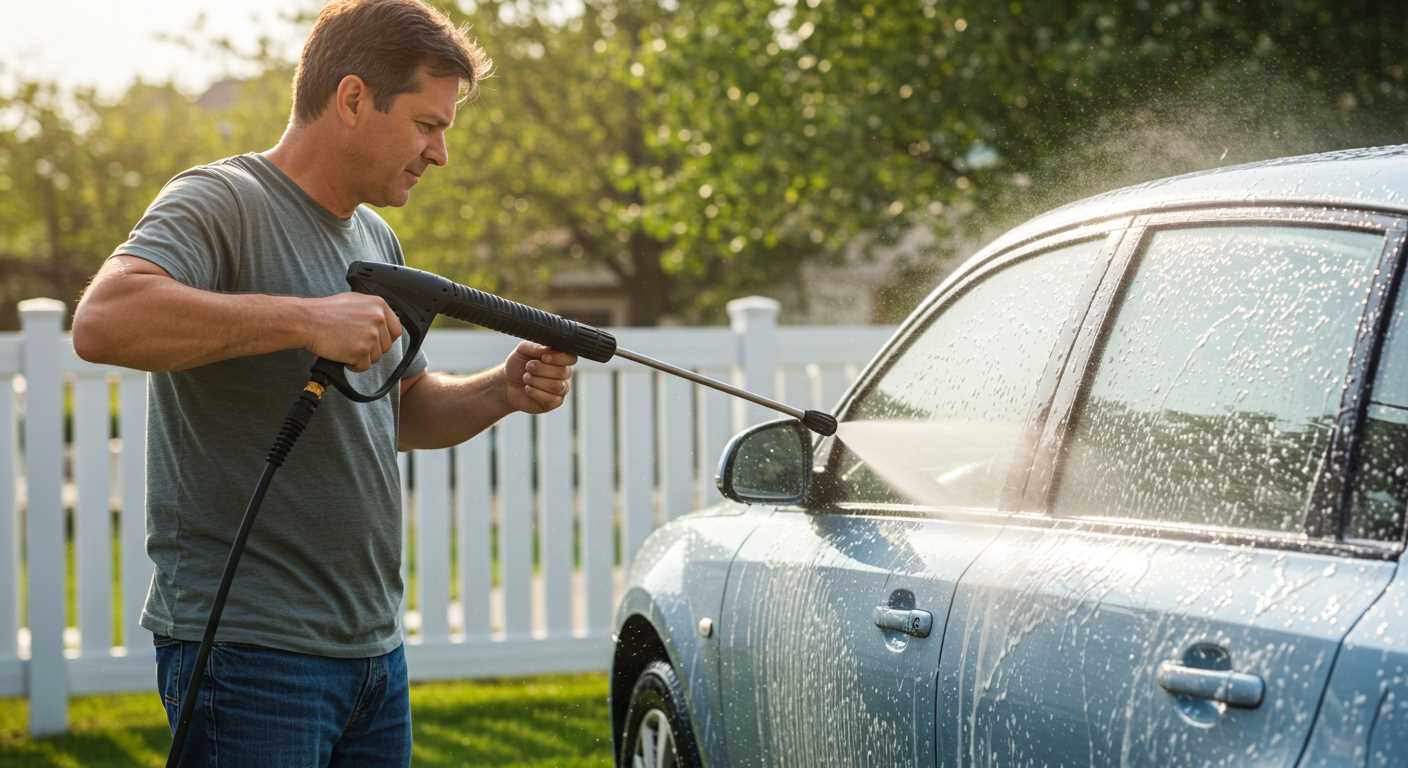
Avoid tackling this chore in wet conditions. Rain can turn surfaces into slick hazards, increasing your risk of slips and falls. I once tried to clean on an overcast day, only to be caught in a sudden downpour, which made everything much more difficult and unsafe.
Periodically take breaks to stay hydrated and avoid fatigue. Working for too long can lead to poor decision-making and accidents. I learned this the hard way after a long session left me feeling lightheaded, which made me drop my cleaning brush. Stay alert and focused for the best results.

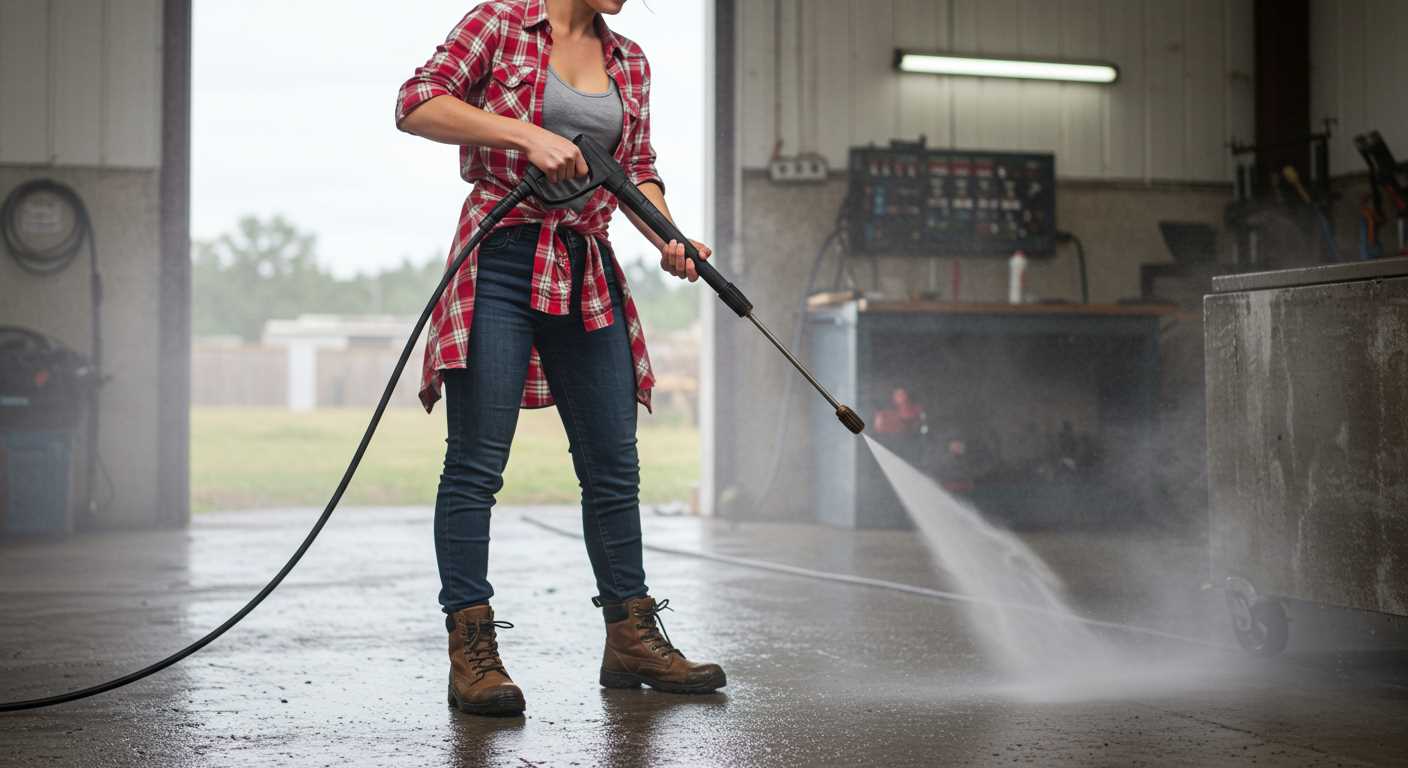



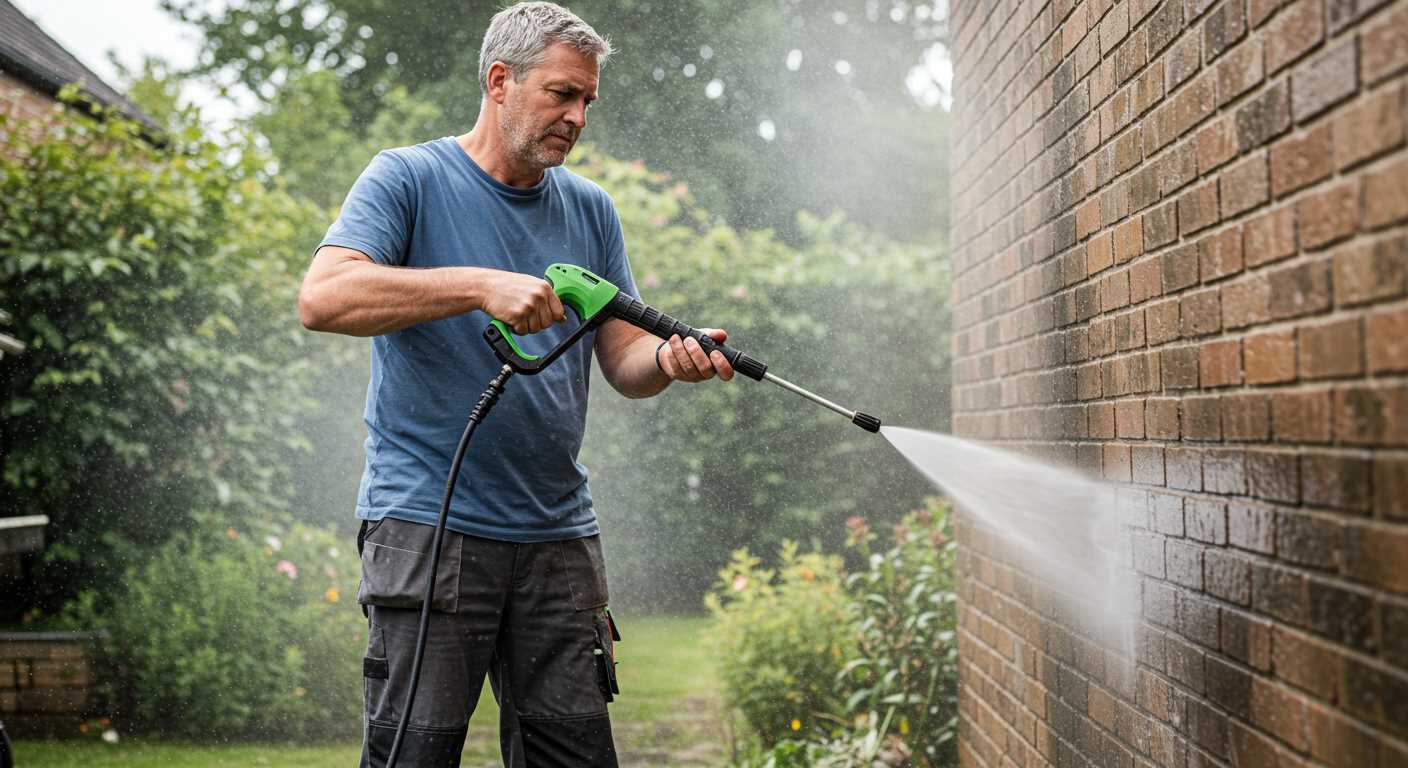
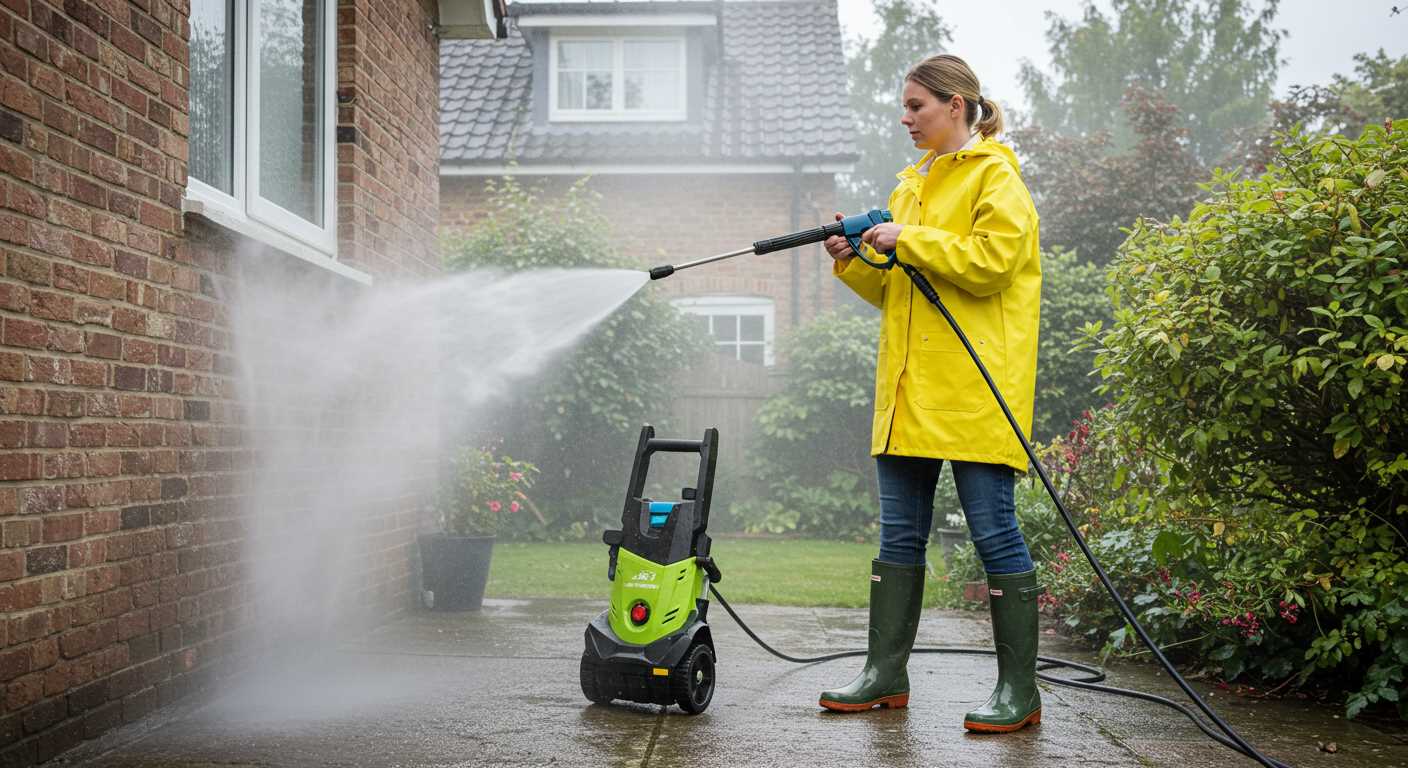
.jpg)


